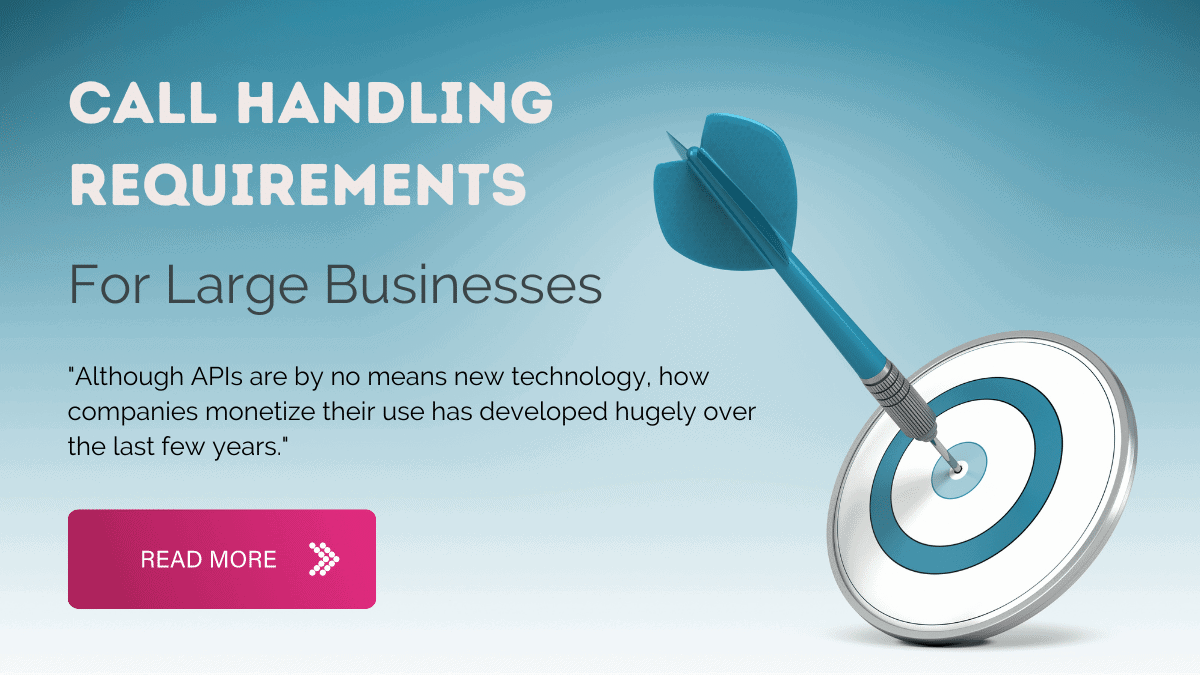Large businesses have certain requirements when it comes to their call handling processes. Implementing new teams of customer support or sales agents, or expanding existing ones, often involves:
- A significant call center deployment. This must be capable of supporting multiple device types, often over a VoIP network and conducted over SIP. Indifferent or variable call quality is not good enough – a premium VoIP service must be offered around the clock.
- Integrated communications and business processes. On top of standard features such as IVR, skills-based routing and call queuing, there must be deep call data integration with any number of the following business tools: CRM, Helpdesk, billing, ERP and BI solutions.
- A platform to manage all of the above. It is crucial for larger businesses that an interface to create call flows and processes is open and accessible. It must support deep configuration and customization for system administrators, and a simple, high-level design toolset for customer service executives.
If these are core needs of brands running extensive customer contact processes, then there must be a framework or strategy for delivering the right solutions to them.
The API economy
APIs are simply interfaces or plugs for programmers to connect their applications to each other. The trend towards specialization of customer contact tools (e.g. CRM & Helpdesk) is bound up with the explosion of the API economy.
In the API economy, products are only as competitive as it is easy to integrate them with other services. Not only this, but these APIs must be accessible and easy to use themselves, so that non-programmers can build the solution they need, out of the box.
A sophisticated API solves the integration problem at the infrastructure layer, as well as enabling a friendly yet powerful interface for high-level process design.
Top-class cloud and telecoms infrastructure
Whatever happens on the interface must be backed up by the nuts and bolts of solid telecommunications infrastructure. The holy grail is the marriage of a multi-carrier network and a sophisticated cloud-based platform capable of the above functionality .
This combination allows businesses to maintain a reliable, high quality phone service whilst having the flexibility to blend in existing numbers, devices and call handling elements (IVR systems, audio prompts). Cloud architecture means that all of this and additional features are configured on the fly, and at no extra cost.
Although APIs are by no means new technology, how companies monetize their use has developed hugely over the last few years. The implications are significant for customer contact services, whose focus on omnichannel and a fully joined-up customer experience demands that services share data with each other.
Large contact center deployments require powerful but highly flexible solutions – open process design platforms built upon enterprise-standard telecommunications infrastructure. Only call center solutions which are powerful and flexible enough will make the grade.





